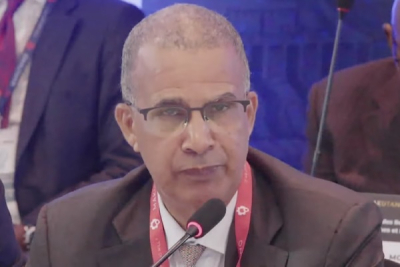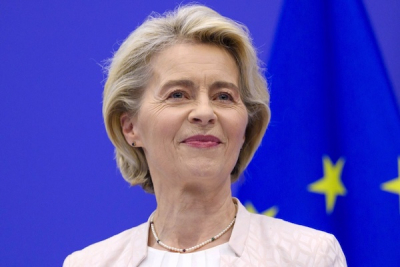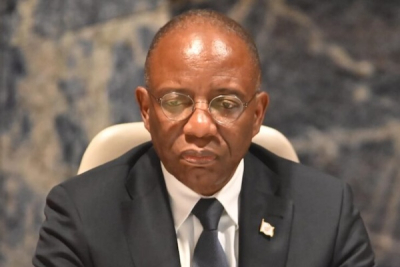The World Bank has recently approved a $1 billion budget to support the development of the “Mythical Inga” hydropower project in the Democratic Republic of the Congo (DRC). Albert Zeufack, the Bank’s Director of Operations in the DRC, disclosed the news on X. Zeufack described the decision as “excellent news,” marking the World Bank’s return to the project after a nine-year hiatus and signaling renewed confidence in the Congolese authorities.
An initial tranche of $250 million, part of the overall budget, was approved on June 3, 2025. These funds will enable the Agence pour le développement et la promotion du Grand Inga (ADPI-RDC) to lay the groundwork for the sustainable development of Inga 3, with a focus on benefiting local communities, improving infrastructure, and creating jobs in riverside areas.
“The Inga 3 development program will accelerate the energy sector reform agenda and provide much-needed power generation capacity to ensure the sustainability of progress made in implementing the National Energy Plan (COMPACT DRC) beyond 2030,” Zeufack said.
For Bob Mabila, Director of ADPI-RDC, this milestone represents “an opportunity to write a new page in the history of the DRC’s development.” He envisions the project harnessing the country’s natural resources to lift millions out of extreme poverty. Mabila emphasized that, combined with investments in governance, education, and infrastructure, the Inga project could transform natural wealth into sustainable economic growth, job creation, and human development for the Congolese people.
The Inga 3 project is a major hydroelectric initiative on the Congo River, located near Inga Falls in the Kongo-Central province. It aims to tap into the region’s vast hydroelectric potential to boost the country’s energy supply and possibly export power to neighboring markets such as South Africa.
Depending on the chosen development options, the project’s final capacity is expected to range between 4,800 and 11,000 megawatts (MW), significantly surpassing the combined capacity of less than 2,000 MW from the existing Inga I and Inga II dams, which currently operate well below capacity due to maintenance challenges.










